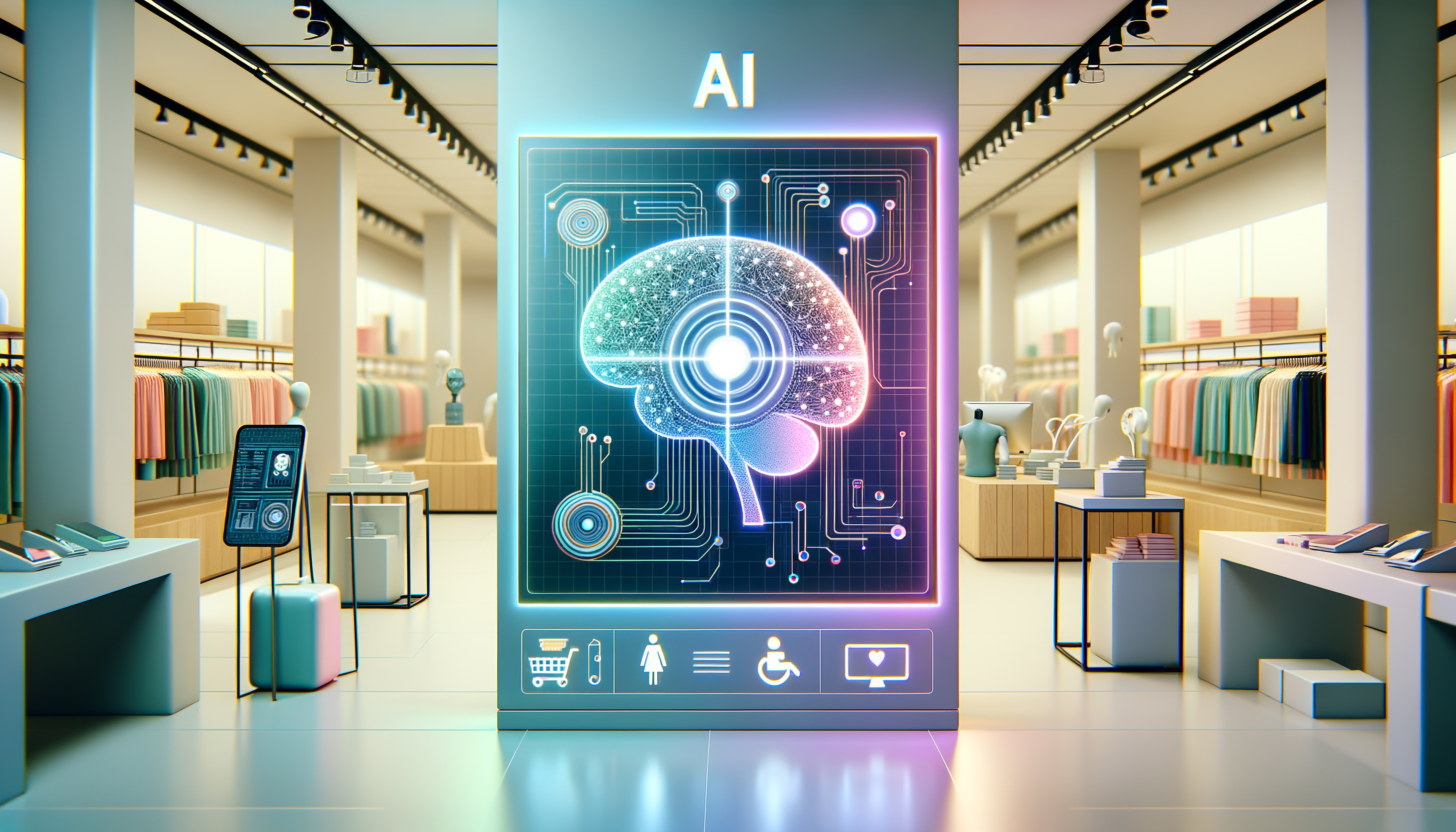
In the digital age, advancements like easily accessible Large Language Models, exemplified by tools such as Microsoft Copilot and OpenAI’s ChatGPT, are pioneering new frontiers across sectors, notably e-commerce. Adopting Generative AI (of which LLMs are a crucial aspect) introduces complexities beyond mere dialogue capabilities. Retail entities must confront global market shifts, evolving consumer preferences, and the increasing necessity for agile, informed customer service approaches. At PDI, we aim to empower companies to leverage the full spectrum of Generative AI's capabilities judiciously and move past common oversights.
Unlocking AI's Potential for Enhanced Customer Interactions
The retail and e-commerce realms are undergoing a swift digital metamorphosis, positioning Large Language Models (LLMs) as critical instruments for refining the automation of customer interactions. Yet, realizing their full potential involves significant groundwork. LLMs extend beyond mere linguistic capabilities, demanding comprehensive integration into existing customer service frameworks to truly revolutionize interaction automation.
Strategizing AI Integration in the Retail Landscape
Let’s look at some of the operational hurdles encountered and strategic approaches necessary for embedding AI effectively in retail frameworks.
Navigating Generative AI's Intricacies and Challenges
-
Refining Integration and Analytical Tools: Effective AI deployment necessitates robust integration with business APIs and insightful analytical tools to continually monitor and enhance AI performance.
-
Combatting Misinformation and Bias: LLMs, while sophisticated, can occasionally generate misleading or biased responses. Training with specific business knowledge and monitoring is vital to curtail such inaccuracies. Hallucinations are a well-known problem in this regard.
-
Bridging Human-AI Divides: Harmonizing the capabilities of AI solutions with human customer service teams is imperative, ensuring seamless transitions and mutual augmentation.
-
Marrying AI with Business Acumen: True integration requires melding Language Model capabilities with distinct business logic and workflows, ensuring AI solutions resonate with company-specific processes.
Formulating a Roadmap for Generative AI Mastery
Strategies for Minimizing AI Misinterpretations
Contextual grounding is essential to address the challenges of "hallucinations" in AI. This involves enriching large language models with industry-specific information (Retrieval-Augmented Generation, or RAG). This initial step requires bolstering through additional validation mechanisms. Deploying secondary machine learning models to scrutinize and refine AI-generated responses ensures that only pertinent and accurate information reaches the customer.
Integrating real-world feedback into the AI learning cycle (through RLHF) significantly sharpens the AI's response accuracy. This dual-input approach—combining user interactions and professional oversight—facilitates a dynamic learning environment for AI models, enabling them to evolve and adapt more effectively.
Synchronizing AI with Business Needs
A critical gap in AI applications is their lack of familiarity with bespoke business logic and processes. Implementing a dialogue management system that interprets and executes company-specific directives is fundamental.
Such a system should facilitate:
- Validation of user identity before accessing sensitive data and regulating user permissions.
- Pre-requisites for initiating external API requests.
- Guiding users through the service journey post-interaction.
- Setting parameters for when and how to escalate issues to human support.
Integrating AI for Enhanced Problem Resolution
The core aim of applying AI in customer service is to streamline issue resolution. This involves two critical types of integration:
-
Business Data Integration: Utilizing specific company data such as product catalogues and customer records enhances AI's contextual understanding, allowing for more tailored and relevant customer interactions.
-
Service Layer Integration: Connecting AI systems with backend services through APIs enables real-time actions such as order modifications or membership updates, bridging the gap between conversational automation and practical resolution.
Effective management and testing of these integrations are vital to ensure seamless operation and genuine utility in customer interactions.
Boosting Workforce Productivity Through AI
Deploying AI without adequate support mechanisms poses significant operational risks. Key considerations include:
-
Content Management: Keeping AI systems informed of the latest product and policy updates.
-
Collaborative Improvement: Encouraging a feedback loop where agents refine AI responses, enhancing their understanding and effectiveness.
-
Assisting Agents in Real-Time: Utilizing AI to offer agents data-driven guidance and automate mundane tasks.
-
Analytical Oversight: Employing AI's advanced understanding to dissect customer interactions, pinpointing improvement areas.
By addressing these areas, businesses can leverage AI not just as a tool for customer engagement but as a catalyst for enhancing overall operational efficiency and service quality.
Conclusion
There is palpable excitement around the potential of Generative AI-based tools to redefine customer service through automation. However, navigating the terrain of such sophisticated technology presents its own set of challenges, as outlined in this article. Adopting a holistic and strategic method in deploying LLMs, encompassing stringent error-checking protocols, seamless incorporation into business workflows, and promoting synergistic work between AI systems and human service teams can yield substantial rewards.
Despite their capability to simulate human interaction, Large Language Models necessitate human oversight to ensure their alignment with specific company protocols and ethos. A balanced approach, integrating cutting-edge AI with the human element, is paramount — not solely for automating dialogue but for fostering genuine customer connections and providing tailored experiences that appeal to modern, tech-savvy consumers.
The retail and e-commerce sectors stand on the brink of significant evolution, propelled by LLM and AI innovations. While the route to full LLM integration in customer experience automation is intricate and equipped with the appropriate strategies, companies are well-equipped to tackle these challenges head-on. With strategic planning and the right technological tools, businesses can leverage Generative AI capabilities to enhance customer satisfaction, streamline operations, and secure a competitive advantage in the digitally evolving marketplace.
Facilitating AI Integration with Pacific Data Integrators (PDI)
Integrating Generative AI and Large Language Models (LLMs) into retail can seem daunting, but with Pacific Data Integrators (PDI), it becomes a streamlined and supported journey. Partnering with PDI ensures a seamless transition and enduring success, turning challenges into opportunities. Discover how PDI's tailored retail solutions can transform your business by consulting with our experts today.
You can book a consultation today by visiting us at PDI.

Posted by PDI Marketing Team
Pacific Data Integrators Offers Unique Data Solutions Leveraging AI/ML, Large Language Models (Open AI: GPT-4, Meta: Llama2, Databricks: Dolly), Cloud, Data Management and Analytics Technologies, Helping Leading Organizations Solve Their Critical Business Challenges, Drive Data Driven Insights, Improve Decision-Making, and Achieve Business Objectives.





